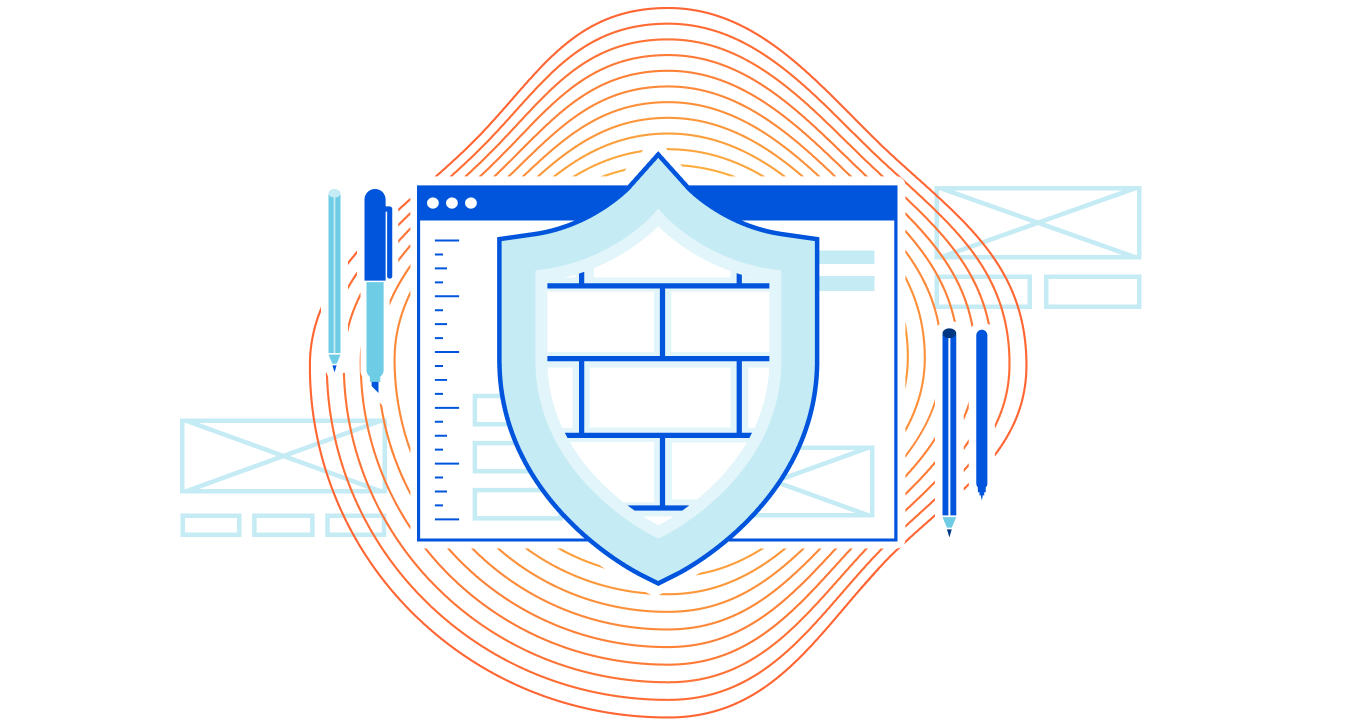IBM leapfrogs everyone with its 2nm chips
As TSMC charges to 5nm transistor designs and Intel struggles for 7nm, IBM has topped them all with the world’s first 2-nanometer node chip.OK, it won’t come to market for four years, according to IBM, and they might not be the first name that comes to mind when you think of processor design, but they are the quiet power in the semiconductor world.[Get regularly scheduled insights by signing up for Network World newsletters.] As far as commercial chips go, IBM makes two: the Power series for its Power line of Unix and Linux servers, and zArchitecture that is used in the z Series of mainframes. But IBM has its IBM Joint Development Alliance which is partnered with just about every semiconductor vendor out there—Intel, AMD, Nvidia, TSMC, Samsung, you name it.To read this article in full, please click here




 Useful reading to understand network integrity, impacts and risk of mobile networks
Useful reading to understand network integrity, impacts and risk of mobile networks



